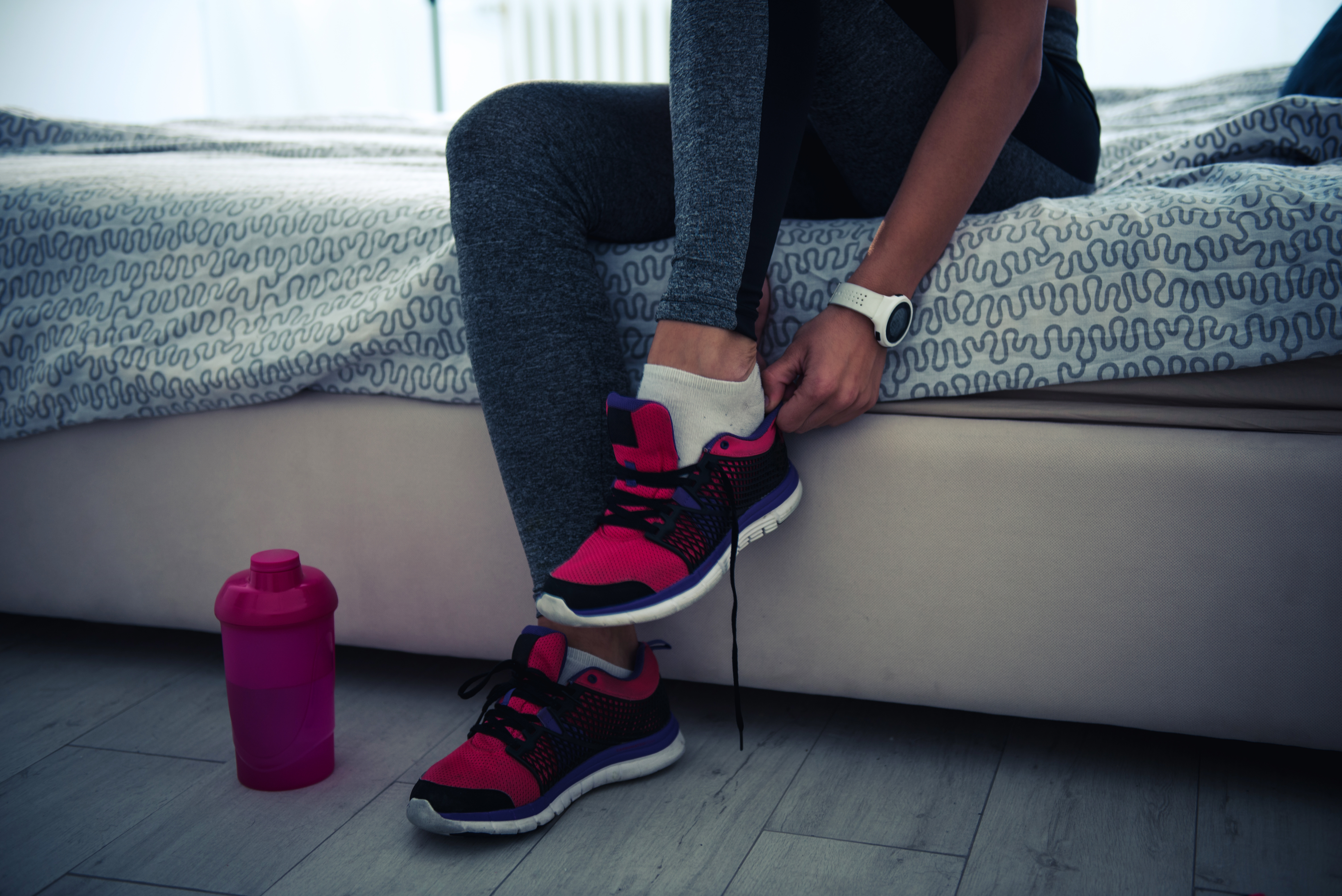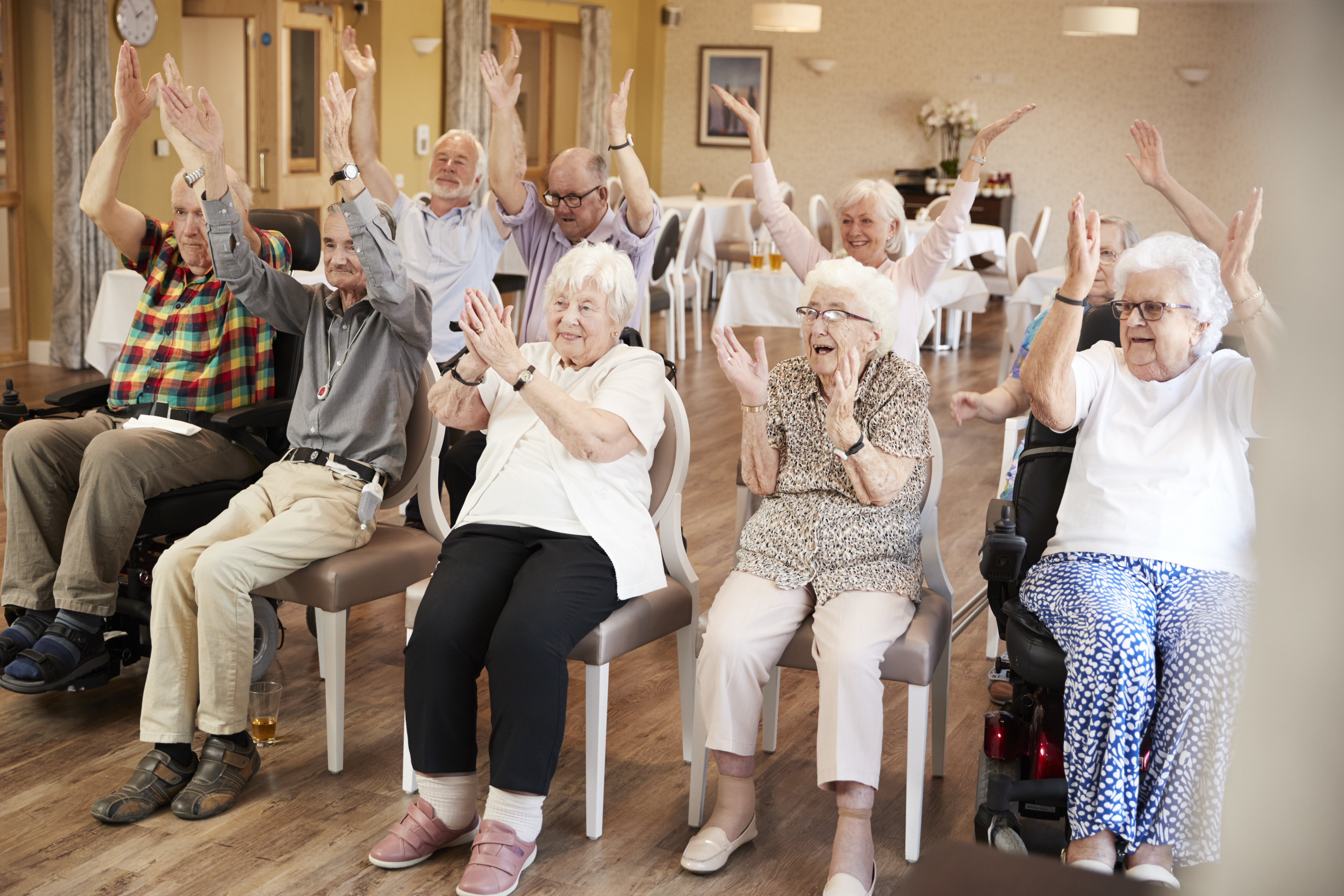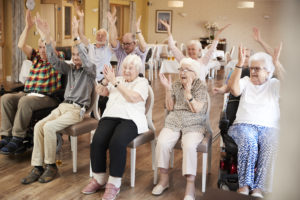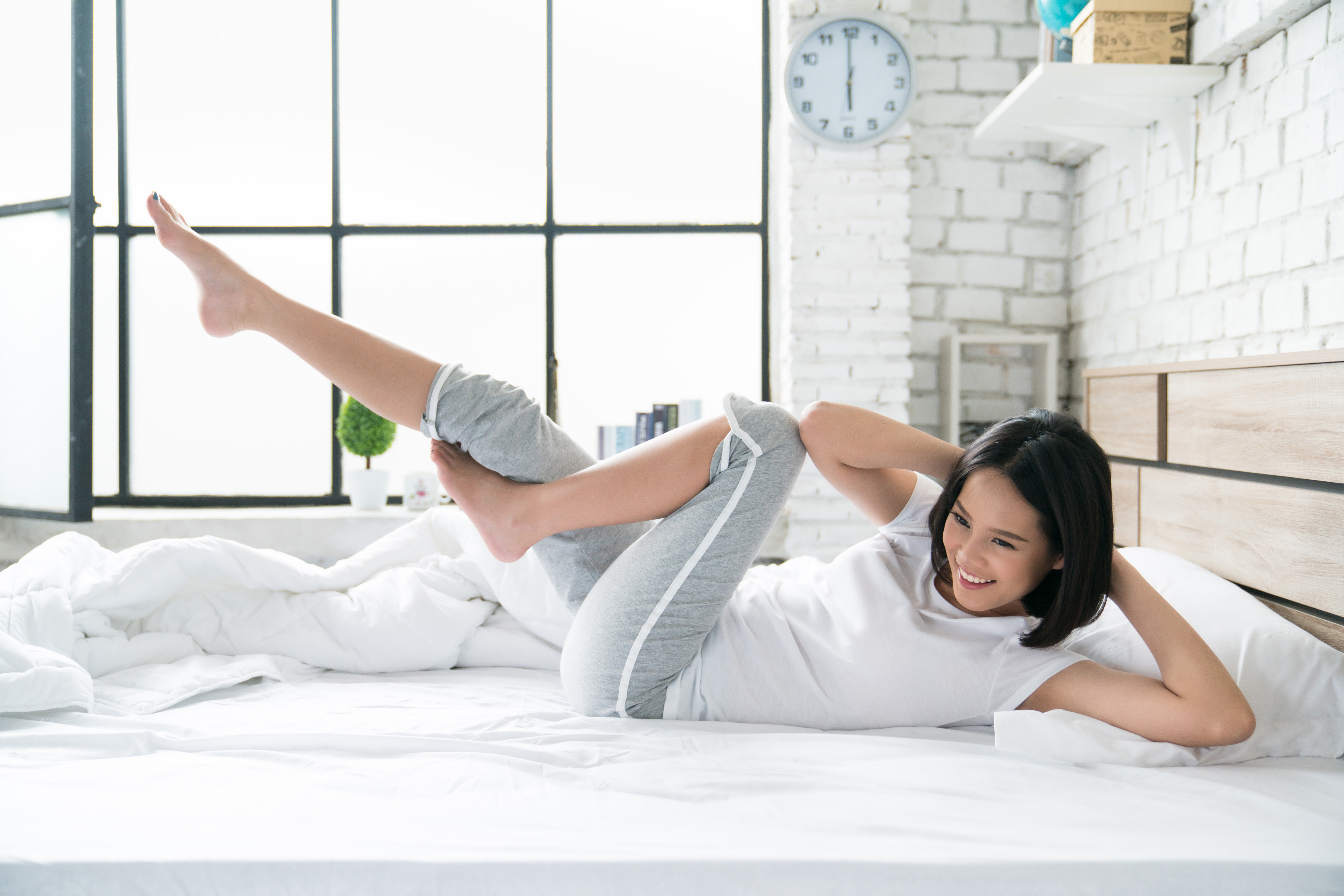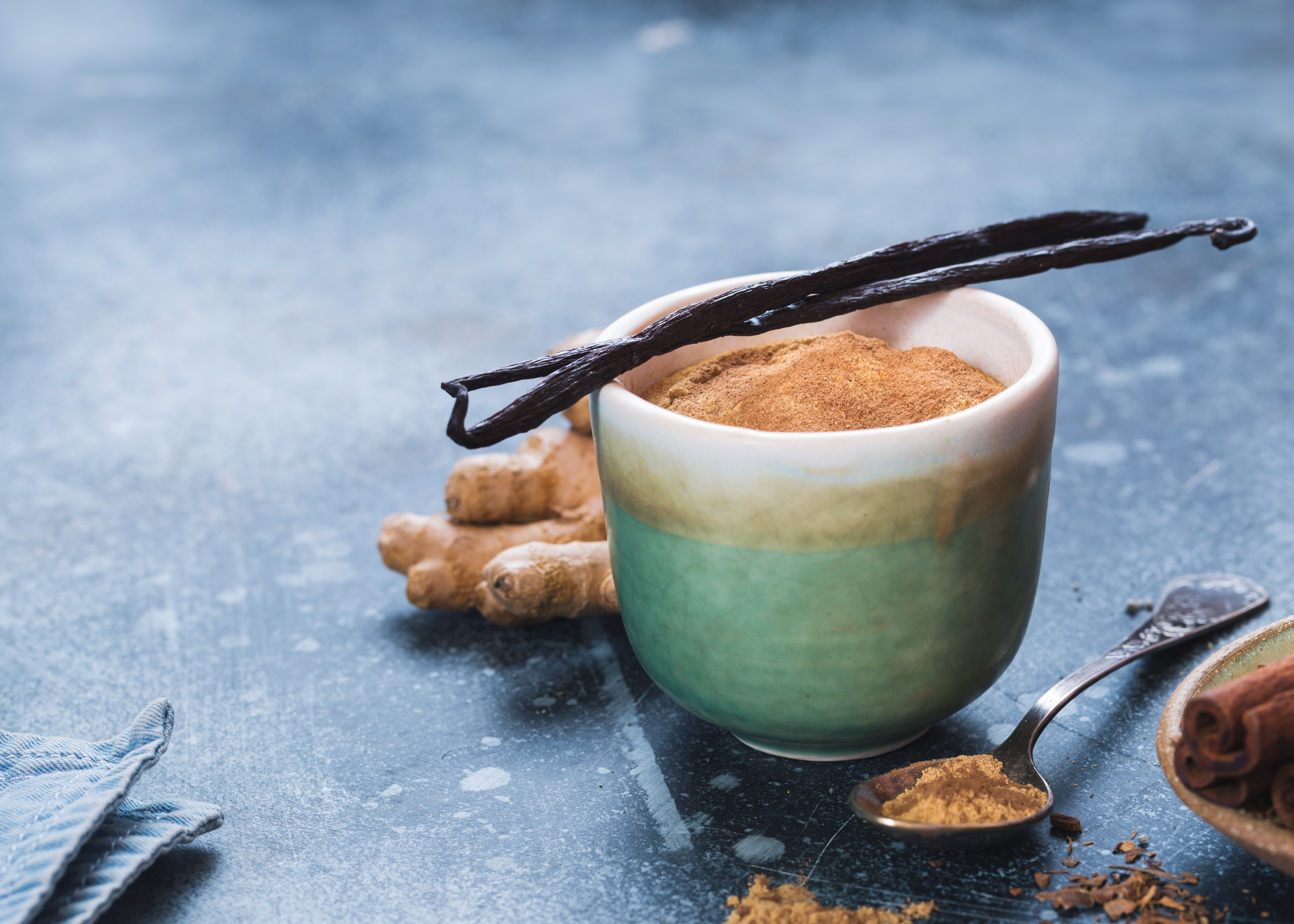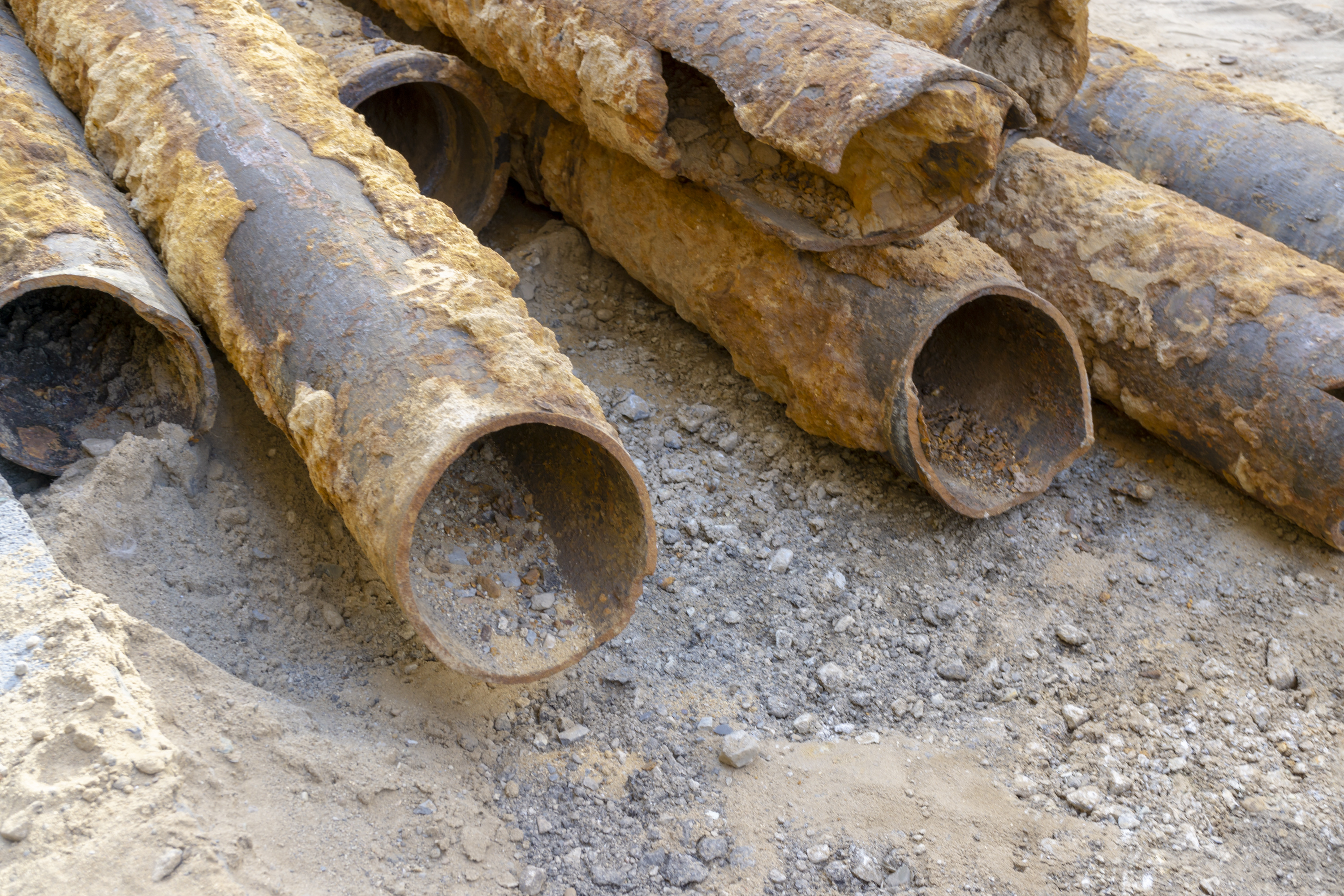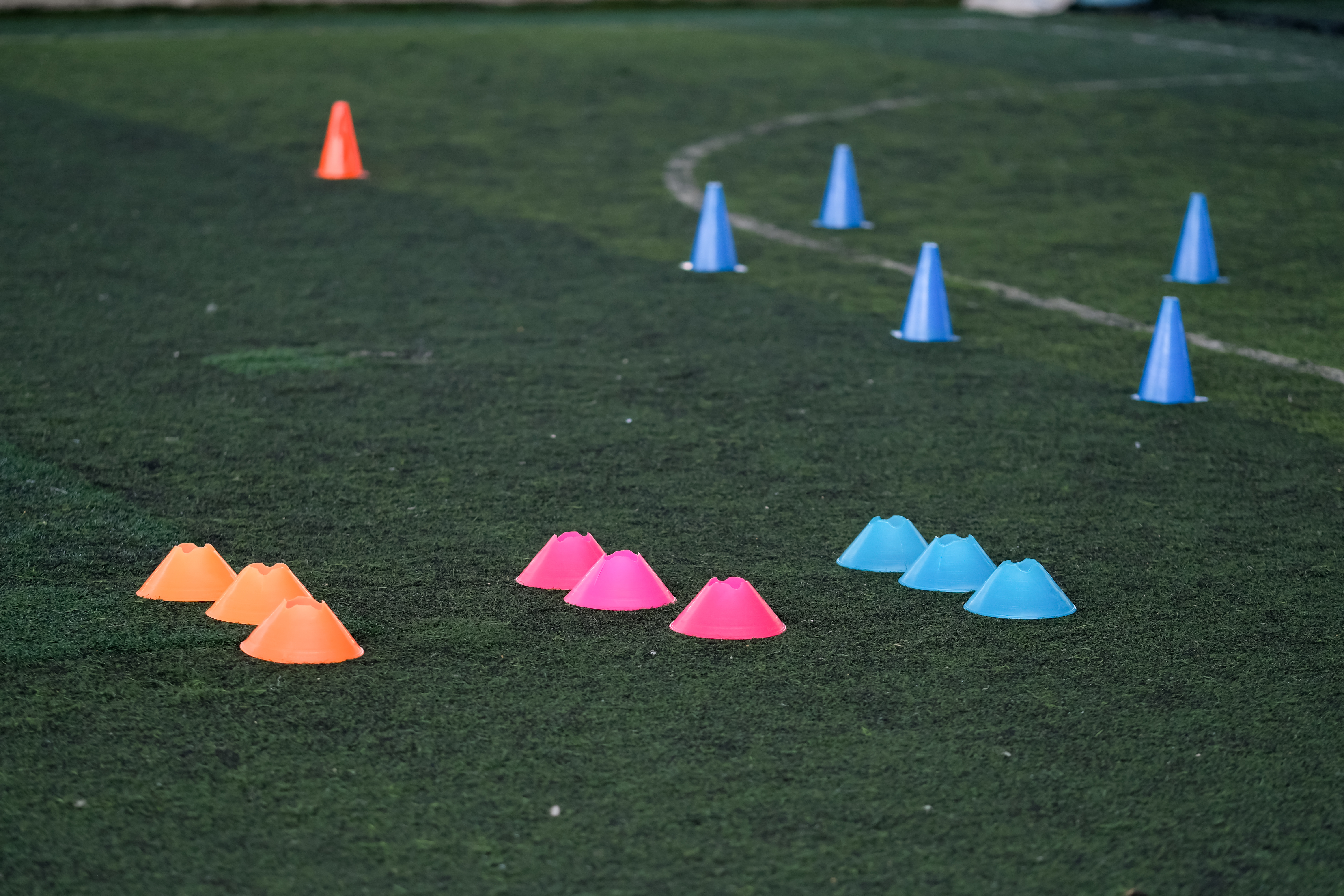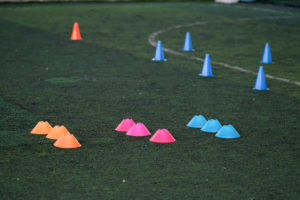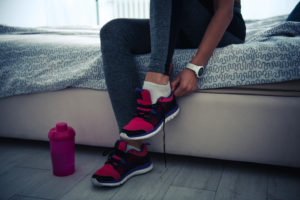
Everybody wants to be a home body sometimes. You may be tired after a long week at work and don’t feel like leaving the house. Perhaps you can’t leave the house for one reason or another. Either way, this workout routine can help you get your body right without requiring you to leave your home. You can start off first thing in the morning without needing to leave your bed, then move to your wall and from there the couch. Doesn’t sound like very much work, does it? It may sound simple, but this routine will have you literally on your ass.
Bed Workouts
1. Legs Raises
To do this exercise, lie on the bed with your legs stretched straight out. To make it a bit easier, you can position yourself to where you can grab the corner of your mattress behind you with your arms. Then you want to simply raise your legs up and down. However, when you come down, do not touch the bed with your legs. If you want to make this more challenging, then have somebody push your legs down as they come up. This will make it much more difficult for you not to touch the bed. You can do this exercise with repetitions or timed, but beware that this is a difficult one.
2. Full Body Crunch
First you want to lie flat on your back on the bed and extend your arms all the way back. Then you want to crunch up. As you do bring your legs up to a right angle and hug them with your arms. After that, extend back out, and you have one rep. I would recommend doing this exercise in either sets of 10 or for 45 seconds. Whichever you feel more comfortable with starting off. This workout will do wonders for your abs.
3. Bicycles
For this exercise start off by sitting at the edge of your bed. Place your palms on the edge of the mattress and then slowly raise up your feet. Get your legs to a 90-degree angle and then keep it there. Then simply kick your feet out as if you were riding a bicycle. I recommend starting off with 30 seconds a set and working your way up. If you want to increase the intensity of this workout, then put your palms on the back of your head and touch your left elbow with your right knee when it comes towards you; and vice versa. This exercise is great for working out your abs, legs and thighs.
4. Leg Lifts
To do this exercise, start off flat on your back with your arms at your side. If you want to make it more challenging, put your hands under your butt, so that you cannot depend on them for support. Now, lift your legs slightly off of the bed. After that, lift on leg straight up, followed by the opposite leg. Then when they are both in the up position, lower one leg down to the beginning position and then follow it with the other leg. Be sure not to touch the bed when lowering your legs. Then raise up again, one leg at a time. I recommend doing this exercise for about 30 seconds per set to start off. This is another excellent ab workout.
5. Frog Pumps
Start off on your back, with your knees facing the ceiling, just like the previous exercise. Put your feet about hip-width apart and place your extended arms to your side with your palms turned to the bed. Gently press your hips upward by squeezing your gluts. Continue to push upwards until your legs and hips are straight; and torso and legs are aligned. Now, slowly lower back down to your starting position and you have one rep. I would recommend doing these in sets of 15 to start out. This exercise is great for developing your hip, leg and thigh muscles.
Wall Workouts
1. Wall Squats
For this exercise you need to find a nice and sturdy wall and put your back up against it (who hasn’t had their back against the wall at some point). Go down to about a 90-degree angle, so that your knees are out, and your back is straight. Squeeze your inner thigh in slightly and hold this position for about 30 seconds to 1 minute. This exercise works out your gluts, hips, legs and thighs.
The second method to do a wall squat, is more of a traditional squat, which makes it a bit more difficult. Face the wall and stand about a foot away, then you need to raise your arms up. Make sure that your feet are slightly wider than hip-width and your toes are faced outward. Now, lower your hips down to where they are about parallel to the ground. Try not to allow yourself to move forward while lowering. Make sure that you maintain your back, chest and head positions; and extend your hips and knees by pushing your feet into the floor. Keep going until you reach your starting position and then you have achieved a rep. If possible, place a ball of some sort behind you. It doesn’t need to be a workout ball; it is just to help you reference how far down you are squatting, without breaking position. Once mastered this exercise is great for your abs, butt, hips, legs, calves, shins and thighs.
2. Wall Push-Ups
There are a few different methods to do wall push-ups. Depending on your level of expertise, some may prove more difficult than others. In order to execute the first method, stand facing the wall at a distance to where you are able to fully extend your arms in front of you. Align your arms with your shoulders and keep your feet slightly apart. Also, keep your head in a straight forward position and bend your elbows to bring your chest as close to the wall as possible without touching it. Push back until you are in your starting position, and then you have done one rep. This exercise will benefit your chest and triceps.
The next form of the wall push up is a bit more difficult, but more similar to a standard push-up. Start in a kneeling position, with the wall behind your feet. Slowly place your right foot on to the wall and then your left. After that slowly extend to where you have no bending of the hips or knees. Align your head with your spine and make sure your feet are close together against the wall, but not quite touching. Now, while maintaining a straight body; do a downward phase (like a normal push-up) and then an upward phase. This may be difficult to do at first but start with lower reps and you will get the hang of it. This exercise works out your arms, chest, shoulders and core.
The final form of the wall push up that we will be discussing is the most difficult of all. For this method, you need to get into a handstand position, with the back of your feet against the wall. this alone can be difficult for most. Then you simply pump up and down, while maintaining that position. This method does require a certain amount of balance, but if mastered it will benefit your triceps, shoulders and chest.
3. Wall Plank
There are several different ways to do planks in general and a couple of those ways involve a wall. The first of these methods that we will be discussing is called the rotational wall plank. In order to do this plank, you must first stand in front of the wall with your feet about shoulder length apart. Then lean against the wall on your forearms and make sure your body is straight. Now, rotate to the to the right with your left forearm still up against the wall; remaining in perfect position the entire time. Then come back to the front and switch arms rotating to the left, with your right forearm on the wall. Be sure to keep your core strong during all of this and it will improve exponentially. This form of plank is perfect for beginners and will help you master more difficult methods in the future.
To do the second method of wall planks you will need to get on your hands and knees with the wall behind your feet. Stretch your arms out and then place them slightly in front of your shoulders. After that place your right foot on the wall, followed by your left foot. Then make sure you are completely straight and parallel to the floor. Now depending on your stamina hold that position for about 45 seconds to 1 minute. Finally, after the time is up; slowly decrease one leg onto the ground and then the other. This plank will work out your abs, back and arms; as well as improve your overall flexibility and posture.
4. Abductor Lifts
To do the abductor lift, you must stand with one of your shoulders towards the wall. Let’s start with your right. Then extend your arm out and place it against the wall. Now, lift up your right leg, putting all of the weight on your left leg. After that take the right leg and lift it across the front of your body past your left leg. Slowly bring your leg back to the beginning position and there you have a rep. After you have completed your desired reputations on that side, turn to where your left shoulder is beside the wall and repeat the steps. This exercise is primarily to improve abductor strength as well as your core.
5. Glut Bridges
For this exercise you may want to grab a mat or a soft towel because you will be on your back. Lie with your feet facing the wall and then lift them up and put them flat on the wall. Your legs should be at about a 90-degree angle. Now, push your feet against the wall, while simultaneously lifting your pelvis. Keep your head, shoulders and arms on the ground. Hold for 5 to 10 seconds and then decrease. Do this for as many reps as you feel comfortable. If you want to step this exercise up a notch, then lift one leg straight into the air while you do your reps. This exercise great for improving your gluts, abs and your hamstrings.
Couch Workouts
1. Couch Squats
This exercise is pretty self-explanatory, but very useful. To start, you will stand with your couch behind you and your legs about hip-width apart. Now, simply sit down and get back up. Make sure that you are squeezing your gluts and your core in order to get the best results. I would recommend doing this exercise for about 1 minute a set. These are almost like beginner squats, but if you want to make them a little more challenging; try sitting down and standing up on one leg at a time. This exercise benefit your abs, butt, legs, hips, calves, shins and thighs.
2. Couch Push-Ups
To do this exercise, place your arms on top of the couch and enter the couch plank position. Extend your legs out behind you or kneel if you are a beginner. Then simply do a push-up. This exercise is best done in reps. There is also another kind of push-up that you can do with the couch. For this one, place your feet on top of the couch and get into a plank position with your hands on the ground. This is version is much more difficult than the previous kind. If you still want to step it up a bit, raise one of your legs in the air while doing the reps. This exercise will benefit your arms, chest and shoulders.
3. Triceps Dips
To do this exercise sit on the couch and place your palms at the corner of the cushion, with your fingers pointing down. Start off with bent knees if you are just beginning and then advance to keeping your legs straight out. Lift your butt off of the couch and then dip your body towards the ground, but don’t quite touch it. You want your elbows to be at about a 90-degree angle. After that extend your arms back to their normal position and then you have one rep. I recommend doing this exercise in sets of about 10 to start off. This exercise is primarily beneficial to your triceps.
4. Couch Mountain Climbers
To do this exercise, start with kneeling in front of the couch. Position your knees and feet, hip-width apart. Now, place your palms on top of the couch. After that extend both of your legs out behind you into a high plank position. Finally, bring your left knee up to your chest and as you are extending it back; bring your right knee up to your chest. I recommend doing this for intervals of 30 seconds. This exercise benefits nearly your entire body, but specifically targets your butt, hips, legs and thighs.
5. Couch Lunges
For this exercise, begin by bending down in front of your couch. Stretch your arms out onto the couch and then extend your left leg back, and then bring it forward. Focus all your weight onto the balls of your feet. Make sure your feet are about hip-width apart and your body is straight the entire time. Do this for about 30 seconds on each leg; one at a time. This exercise is beneficial to your butt, quads and thighs.
These are just a few of the possibilities that you have when working out at home. Tools like dumbbells or resistant bands, can enhance these exercises, so feel free to add them. Nonetheless, enjoy your day off and a great workout.
